Φλεβικές Παθήσεις
Sometimes people with vein insufficiency suffer from an ulcer at the skin near the ankle. This ulcer is painful and secrets body fluids and gets often infected. Treatment of these ulcers is difficult and long. Usually the patient has to take antibiotics, wear elastic shocks, apply special creams or sponges on the ulcer and if the underlying problem can be solved with surgery sometimes they need to be operated.

Blood is in liquid form so it can be transported to every part of the body through the vessels. But sometimes there is the formation of clot (instead of liquid form it takes a solid form) and the vessel lumen is blocked and then the blood cannot flow. As a result there is accumulation of liquid in the interstitial tissues (edema) and the affected leg is growing larger in diameter and there is pain. The worst scenario is for the clot to be translocated from the leg to the lung and thus cause a pulmonary embolism (a dangerous and sometimes lethal complication). This is the reason why vein thrombosis is so scaring.
In the case you experience the following symptoms you must immediately be examined by a specialist (a vascular surgeon) or if you are in a place where this is not possible (for instance if your are in an island during the holidays) then you should immediately see any doctor. Symptoms: A. Swelling of one leg (it is almost double the diameter of the healthy leg) B. Pain in this leg C. Darker colour of that leg.
In a situation like this one should be examined for vein thrombosis (this is done by ultrasound) and if there is confirmation that indeed the patient has vein thrombosis then he needs therapy (special anticoagulation medication) in order to avoid thrombus propagation to the lungs. And of course a very crucial question has to be answered : why did a thrombosis occurred (what is the cause) in order to avoid future new episodes.
Frequent questions from patients:
- What is the cause of thrombosis? Answer : There are many causes that either stop the flow inside the vessel or change the threshold of the blood coagulation and blood can clot easily. Causes like surgery, fracture of a bone, venous catheters, not moving enough (paralysis, stroke, surgery, dementia, long flight), thrombophilia, cancer, hormones, pregnancy.
- My leg is swollen and a have pain. What do I do? Answer : You should seek for medical advise immediately. If the doctor suspects a thrombosis he will send you for ultrasound examination to confirm or exclude a thrombosis. If a thrombosis is found they will prescribe special treatment and tell you what to do next.
- I suffered a leg thrombosis and since my leg is swollen sometimes. Why? Answer : Thrombosis causes damage to the vein and its valves and frequently causes what we call post-thrombotic vein insufficiency. These legs need special attention and treatment (for example wearing an elastic stocking) and the doctor will tell you all the details of how to take care of your leg in order to avoid swelling and its complications.
- Which drugs are there for vein thrombosis? Answer: there are roughly two kinds of special drugs - injection with heparin and special oral anticoagulants (pils). Your doctor will decide which medicine is best for you.
- In pregnancy are anticoagulant drugs allowed? Answer : Yes, they are safe for the mother and the embryo and are used for over 15-20 years now.
- I suffered a thrombosis. Do I need surgery? Answer : It depends. If the thrombosis is in the superficial vein system or in the deep one there are different approaches. If a superficial thrombosis is caused be an insufficient vein then many times the vein is operated (laser ablation or excision of the vein). In a deep vein usually there is either conservative approach (medication) or in special cases angioplasty (vein balloon or stent).
- Is the elastic stocking necessary after a thrombosis? Answer : Usually after a thrombosis you need to wear for long periods or even for ever elastic stockings in order to avoid some complications. There are some lucky patients that do not have insufficiency and stop wearing them after sometime.


Patients that suffer from vein insufficiency see their legs keep swelling especially after long standing and usually the swelling is at the ankles. The swelling is due to the back flow of the blood or the exavassation of it (the fluid comes out of the vein wall and is “spilled” inside the leg and accumulates in the lower possible place).
There are many causes of leg swelling : vein insufficiency, heart insufficiency, kidney insufficiency, liver insufficiency, drug counter effect, arthritis, uric acid arthritis, inflammation. When we experience leg swelling we must visit our pathologist who 1. Has our medical history and may suspect in an instance what is the cause of it 2. If he has no confirmed suspicion already of what is the cause he will ask for special exams that will find the cause. In the case that the cause is found to be a pathology in the vascular system then he will send you to the specialist (vascular surgeon) for treatment.


There are three types of vessels : arteries, veins, lymph vessels. Arteries carry blood from the heart to the peripheral tissues. Veins carry blood from the peripheral tissues to the heart. Lymph vessels are microscopic vessels found all over the body that carry fluids that are found outside the arteries and veins (interstitial fluid, edema, etc).
Lymph vessels are thin walled and have valves that help them carry the extra fluid back to the vein circulation after they purify it (when it passes through special filters that are called lymph nodes). If the lymph vessels do not work properly then fluid is accumulated and there is swelling of the affected organ (ie arm or leg) and the edema is called lymphedema.
The main causes of lymphedema are trauma or destruction after an inflammation.
There is no real cure - mainstay of treatment is the elastic stockings.


Varicose Veins are distended veins of the legs that people have the wrong impression of causing just appearance problems. Varicose veins is a pathological problem that can have serious complications sometimes and need to be examined by a specialist (vascular surgeon) in order to establish a proper diagnosis. He will examine you clinically and with ultrasound (colour duplex) so as to answer the following questions: 1. Why are there varicosities in your legs? (The cause) 2. Are they the “dangerous” kind or are they simple superficial veins causing just a dysmorphia? 3. What treatment is suitable for you? 4. What to expect and what to be alert about (to recognise any complication).
The two worst complications of varicose veins are bleeding and thrombosis. Bleeding is devastating the first time in people who cannot bare the sight of blood because in just a few seconds the amount of blood accumulating on the floor is huge and when the patient looks down sees this huge blood stain and goes into panic. Usually the patient starts screaming for help and wastes time and looses more blood. The past decade from personal experience in my office there is one old lady that died in her sleep from massive bleeding from varicosity and two middle-aged patients (one man and one woman) that were taken to the hospital with hematocrits < 20 after massive bleeding. The man was swimming in a beach when a small fish bit him and after a while he realised the water was turning red. He got out in panic, rolled a towel around the leg and asked for help. Someone offered to drive him to the hospital that was >20 min away. The patient told me that he had to change 3 large towels in his way to the hospital because they got soaked with blood. When he reached the hospital he was pale and week and they found the Hct<20%. He was hospitalised.
After seeing these patients in my medical office I thought that I must inform meticulously every patient with varicose veins (and spider veins) how to react in the sight of bleeding from a vein. The solution is very simple but lifesaving : pressure. So here are the directions:
STEP 1 : You have to press the point of bleeding that in most cases is like the tip of a pen in diameter (very small) and is very easy to stop it with just one finger. When you put your finger to the bleeding spot and you stop it, then you have all the time in the world to ask for help safely. You find someone to help you and proceed to the next step.
STEP 2 : In order to take your finger off the wound, you need to put some kind of bandage to keep the pressure on the blinding site. You need a gauge or cotton or even a clean cloth to make a small pad and then a bandage or a long strip of cloth or a special medical tape or a simple tape if you are in the country.
STEP 3 : Be careful! This step is essential = this is the step that usually is not done by patients and it is necessary for the bleeding to stop. You have to elevate the leg for 15 min so the vein pressure drops and allows the hemostasis to take place (hemostasis=clotting in the site of bleeding and sealing of the vessel).
The other devastating complication is thrombosis (clotting of the blood inside the vein and blockage of the vessels lumen). Thrombosis has three signs that are useful for recognising it. The vein in the section that is thrombosed turns red or dark in appearance, is hard when you touch it and there is pain when you press it. Pain+red+hard vein = thrombosis. Immediately ask for medical advise. Thrombosis in the leg usually is a simple situation but in a few cases the thrombus propagates in the deep vein system and then it can cause pulmonary embolism if the thrombus reaches the lungs which is a devastating potentially lethal situation. So, superficial vein thrombosis is usually not dangerous but in order to avoid any such situation the advise is to be examined by an expert (vascular surgeon) and he will give you instructions how to make sure you will not risk an embolism.
Besides the two major complications (bleeding and thrombosis) the varicose veins cause a number of complications and symptoms. Patients with varicose veins suffer from heavy legs, tired legs, cramps, edema, burning sensation, especially in the summer. After years of having superficial vein insufficiency the skin of the leg is infected, it turns dark and stiff and sometimes an ulcer develops.
If you see signs of vein disease in your legs (swelling, enlarged veins, clusters of spider veins near the ankle, dark skin near the ankle) then you should seek medical advise from an expert. If the expert finds a small problem he will give you advice on how to protect your veins from getting worse (usually the conservative treatment includes everyday walking, avoiding prolonged standing, avoiding high temperatures, wearing elastic stalking, taking food supplements or applying ointments). If the problem is a bit more serious and there is a chance of having some kind of complication then he will offer you a medical treatment that best suits your problem (these treatments are in order of significance endovascular laser ablation, foam sclerotherapy, surgery).
Until the beginning of the new millenium the only treatment for varicose veins was surgery. Then at 2001 Dr Tessari reported his results with foam sclerotherapy that was efficient for larger veins than the spider veins and we now have > 20 years of experience with this method that works great for varicosities. At the same time there was the discovery of laser ablation for the saphenous vein (the main vein of the superficial vein system of the leg) which was a revolution and evolved during a decade and from 2010 it replaced totally the classic surgery (saphenectomy) due to its many advantages. So now it has been > 20 years for the laser ablation experience and after 2010 it is the “golden standard” for saphenous vein insufficiency. The advantages of the laser in respect to surgery are: 1. No need for general anesthesia (usually only local anesthesia or mild sedation). 2. Less pain and fast return to activities 3. Less trauma and scars 4. Less recurrence .
New methods are reported as time goes by. Nowadays we have and other methods of ablation using steam, using mechanochemical methods (rotating catheter with sclerosant) and non thermal techniques like the glue (cyanoacrylate glue inside the saphenous vein). All these methods are evolving and gradually are used for the treatment of superficial vein insufficiency.
Frequent questions from patients:
- After laser ablation of my saphenous vein, when can I return to work? Answer : It depends on the job. Theoretically you can return even the same day but if you are a construction worker for example it is advised to restrain 2 weeks from your work.
- After laser ablation do I have to wear elastic stalkings? Answer : It is advised to wear them for at least 2-3 days and up to a month in some cases, it depends on the compliance of the patient and the degree of the problem.
- Can I proceed to vein laser ablation in the summertime ? Answer : Yes, it can be done, with the limitation of not to be exposed to the sun for 20-30 days after the procedure. As you can imagine most people prefer to do it from September to June but there are some people for instance people coming in for other countries (mainly Greeks that leave abroad or medical tourists) that do it in the summer.
- I have allergy to latex and cannot wear shocks. What can I do? Answer : About 50% of the patients have allergy, itching or discomfort when wearing elastic stalkings and cannot tolerate them. This is very unfortunate because the elastic stalkings is the mainstay of conservative treatment for vein insufficiency. Nevertheless life goes on and we are focused on alleviating the symptoms and protecting the legs from complications by other means (exercise, cold pads or cooling creams, food supplements or medication, etc).
- Can the elastic stalkings do harm? (NOTE: a very important question that very few people ask). Answer : There are two situations that a tight elastic stalking can cause harm: 1. In people with arteriopathy (arteries in the legs with stenosis or blockage that compromise the free flow of blood towards the leg) - usually it concerns diabetics and smokers - in these patients that the amount of blood reaching the periphery is low imagine if you constrict more the arteries with the shocks and reduce further the blood flow it can result in schema or even tissue loss (gangrene). So it is of outmost importance that the vascular surgeon evaluates the arterial flow as much as the vein circulation in order to be able to give the proper advise. If a neighbour suggests you wear stalkings for your vein problem it may not be the best option for you - always take an experts advise (vascular surgeon). 2. If your vein insufficiency starts from the saphenofemoral junction (high level of leg = in the groin) and you wear a stalking that ends a little above the knee then you leave exposed the most important section of the insufficient vein and above all that if there is a tight elastic band at the end of the stalking that applies pressure the wrong way on the vein it may trigger a thrombophlebitis (topical thrombosis of the vein). So it is very important to wear the correct size and pressure stalkings.
- Is it safe to take the medication that is used for the veins ? Answer : These “drugs” are in the category of food supplements and are very safe. They contain usually fruits or plants (like oranges or grapes) and the only side effects reported are mainly from the gastrointestinal track.
- Should I take anticoagulants in order to avoid a thrombosis? Answer : These drugs have a great effect (anticoagulation = they prevent thrombosis, embolism, heart attacks, stroke etc) but they have a very bad effect also (they cause bleeding sometimes severe or lethal). So it is a very important decision that needs to be taken and weight the benefit over loss and then proceed to such a medical treatment. And of course it is undoubtedly the decision of an expert (vascular surgeon) after taking in consideration all the data for a specific patient. This is not a decision for you to take.
- I have varicose veins and others tell me to treat them after I am finished with all my pregnancies and others tell me to fix them before I get pregnant. What should I do? Answer : In the old days that the treatment was with classic surgery we advised the patient to come after all the pregnancies because if we treat the veins before there was a big chance of reccurency (the leg was filled with varicosities again). Now with the laser ablation it is the opposite - we advise to treat the varicosities before the pregnancy because there is a small chance or reccurency and the patient is relieved from the symptoms (that are exaggerated during pregnancy) and has less chance of superficial thrombosis.


Teleangiectasia is the appearance of very small vessels on the skin with diameter between 0,1 and 1mm that is caused by several factors. Factors that are believed to cause spider veins are: heredity, pregnancy, prolonged standing, trauma, corticoid topical use, prolonged expose to sun. Many times spider veins are a sign of superficial vein insufficiency.
Spider veins cannot cause serious adverse effects (for instance they cannot cause thrombosis) but they can affect the patients quality of life due to 1. Everyday little annoying symptoms like topical itch, topical burning sensation, topical ache (especially during the menstrual circle). 2. They affect the patients appearance and especially women cannot dress the way they want or if they expose their legs many times they have to listen to things like “was is wrong with your legs”, “is it dangerous” etc. Many times this causes anxiety and a psychological burden. 3. Sometimes a spider vein can bleed and cause panic due to the vast amount of blood that comes out of it.
For all these reasons often patients with spider veins need to be cured from this problem. There are three main techniques for making spider veins disappear.
- Sclerotherapy : that is the injection of special drugs inside the small veins that cause the veins finally to go away. It is the “golden standard” for many many years (> 50 years) and today. It is very effective, with little discomfort, few complications, and the only real disadvantage is that it needs several visits to the doctor office and cannot be done in one application.
- Laser: that is burning the vessel with a special laser light. It is very effective for the face but for the legs is inferior to sclerotherapy. It has more pain and more bruising and cannot erase the bigger veins while sclerotherapy (especially with foam) can erase veins > 1mm (even varicose veins).
If you suffer from spider veins the first step is to be examined by a specialist (in Greece the specialty that deals with vein problems is the Vascular Surgeon). The specialist will examine you clinically and with ultrasound (colour duplex) in order to decide what is the nature of the problem and what is the best therapy treatment for you.
Frequent questions from patients:
- I am concerned about the safety of the drug used for sclerotherapy: Answer : the drugs we use were discovered in the 1950’s and thus they are very well studied. On top of that sclerotherapy is the most frequent medical act of a vascular surgeon, (a disease that affects > 70 % of female patients). So you can imagine everyday how many sessions of sclerotherapy are performed all over the world. It is one of the most frequent and most studied medical procedure - and it is safe.
- Does laser application leave marks on the skin? Answer : there is a possibility of skin hyperpigmentation or skin burn during the application of laser. Thats why it should be done by experts avoiding summertime when hyperpigmentation is more frequent. The common mistake that causes burns is to try to treat bigger spider veins and use a lot of energy.
- If a have a session treatment for spider veins when can I get back at work ? Answer : after a session of treatment (either sclerotherapy - laser - or ablation) you can go back to work immediately.
- Can I go to the gym after sclerotherapy ? Answer : it is advised not to go to the gym and do hard exercises for 3-5 days after sclerotherapy - but you can do light exercise like walking, slow speed treadmill, swimming in inside pool, soft pilates, easy cycling etc.
- Do I have to wear elastic stalking after sclerotherapy ? Answer : it is advised to wear elastic shocks for at least 2-3 days after the session because the compression of the vein is considered to make it more efficient.
- I take some medication. Can I have sclerotherapy? Answer : The only drugs that are contraindicated are hormones, anticoagulants, birth control pils and anti-inflammatory drugs.



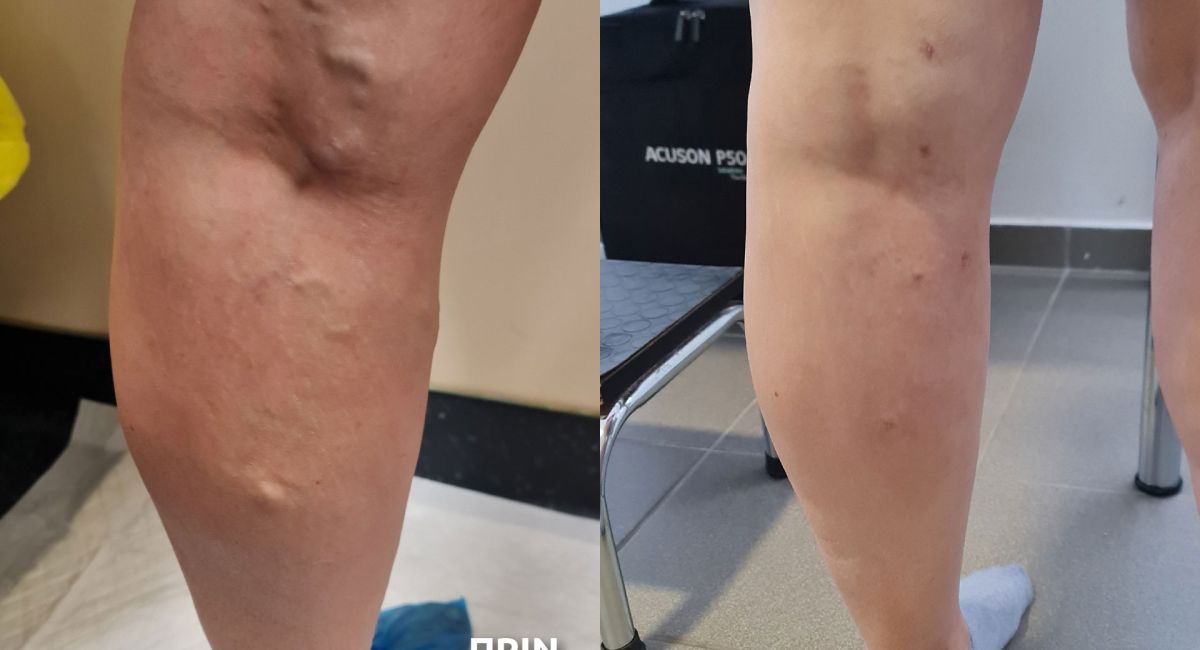

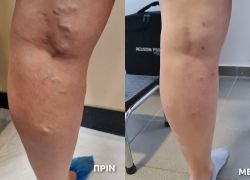
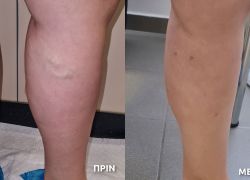
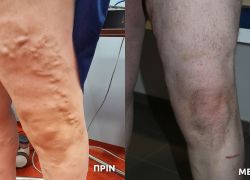
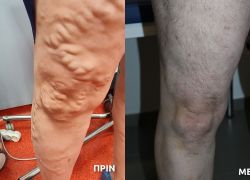
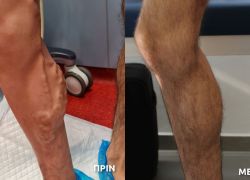
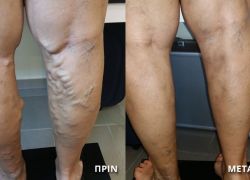
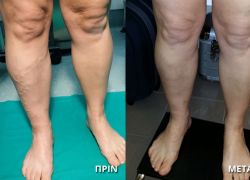
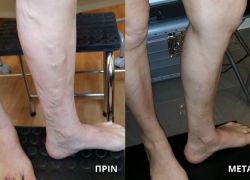
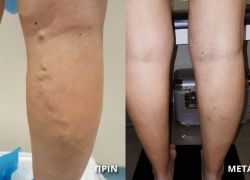
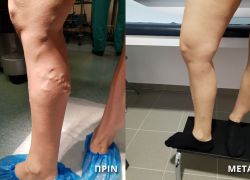
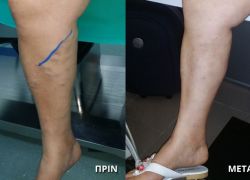
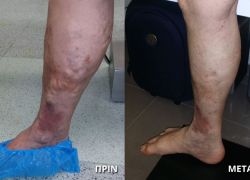
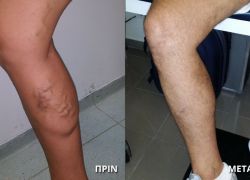
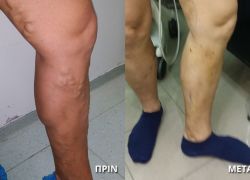
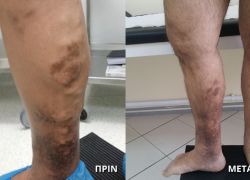
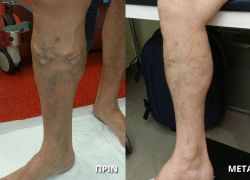
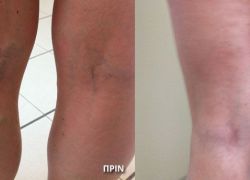
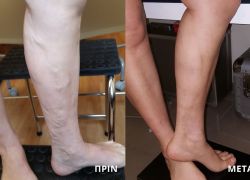
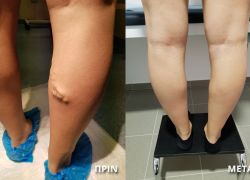
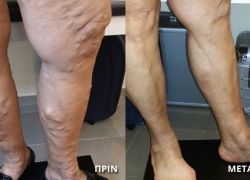
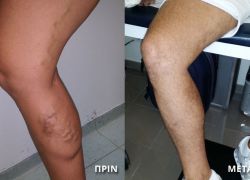
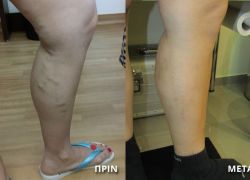
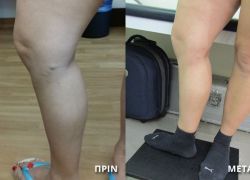
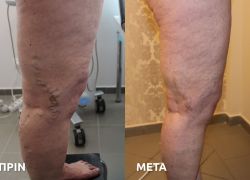
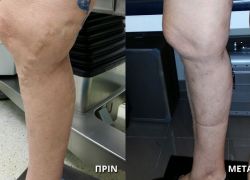














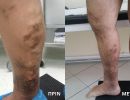

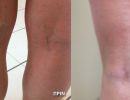

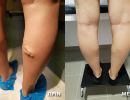






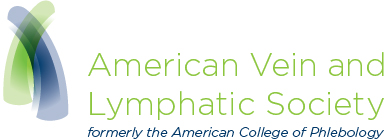



Follow Us
Contact Us
Pl. Vasos Katraki 6, 16675 Glyfada
+30 210 9648722